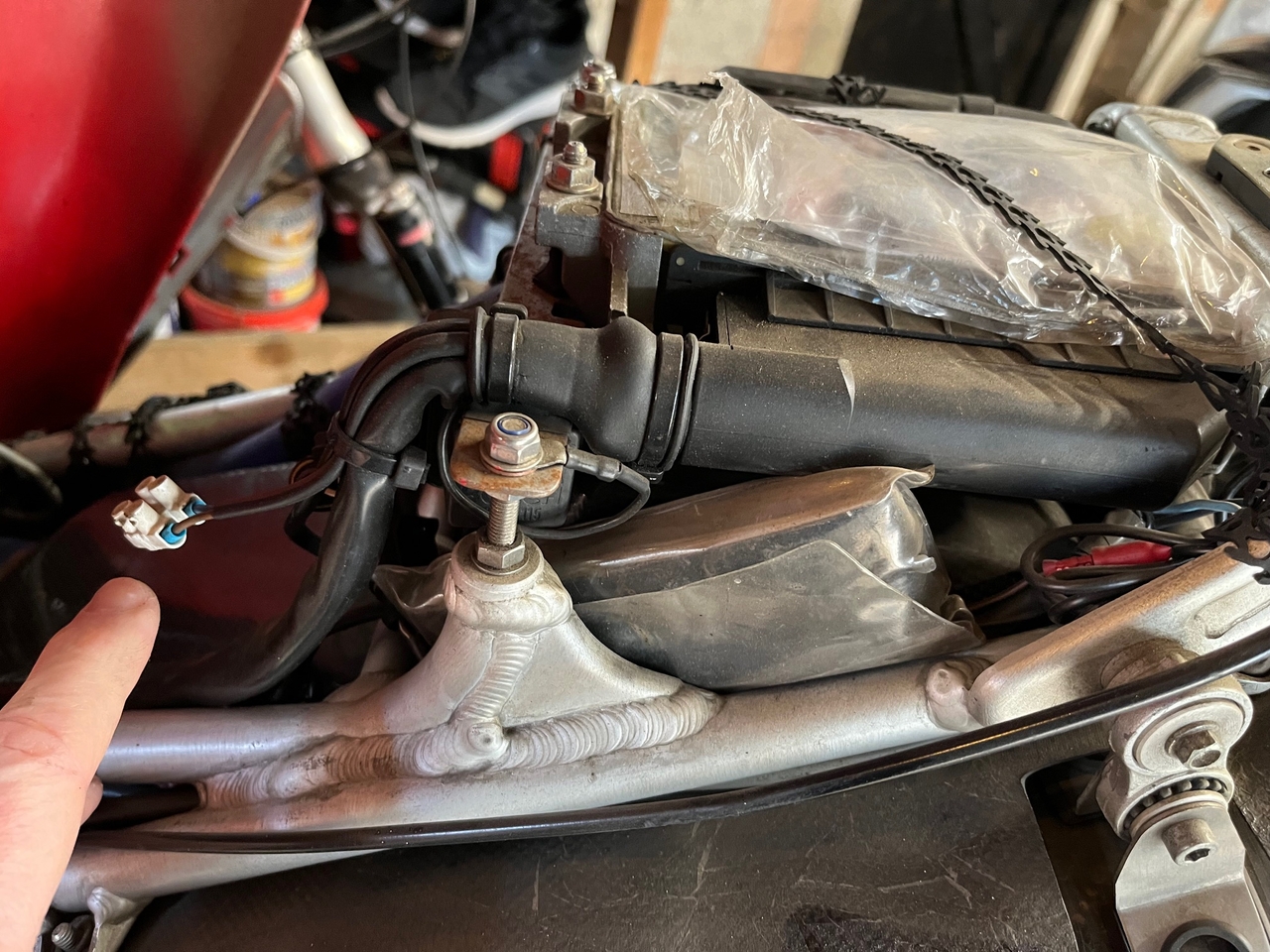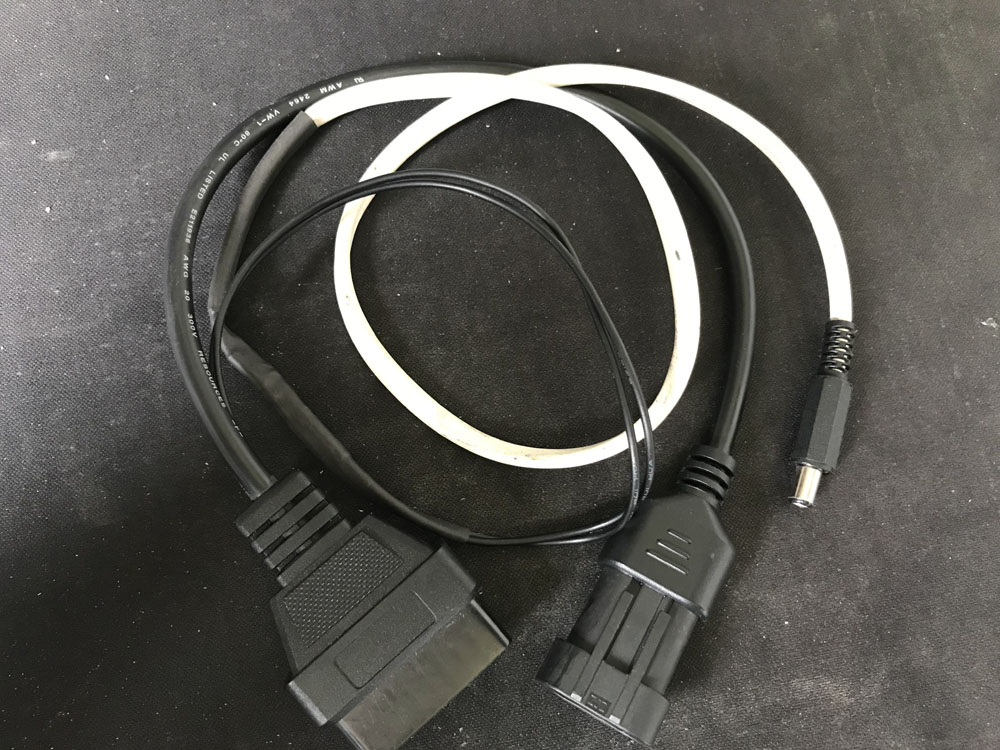900Rebuilder
Registered
Hi All,
We took Louise's 620ie on the Nottingham egg run yesterday and despite being a little cramped two-up it coped with the ride just fine. One thing I did notice was that the idle was set so low that it kept dropping onto one cylinder around the 1,000 rpm mark but was fine over 1,500 rpm with the fast idle lever slightly open. I had a quick look but couldn't see an obvious way to adjust the idle to increase it by 500 rpm - is there an easy way of doing this as I'm used to simply turning one screw on the carbs.
I also wonder if the bike needs balancing in some way like you do to carburettors?
Thanks - Ben
We took Louise's 620ie on the Nottingham egg run yesterday and despite being a little cramped two-up it coped with the ride just fine. One thing I did notice was that the idle was set so low that it kept dropping onto one cylinder around the 1,000 rpm mark but was fine over 1,500 rpm with the fast idle lever slightly open. I had a quick look but couldn't see an obvious way to adjust the idle to increase it by 500 rpm - is there an easy way of doing this as I'm used to simply turning one screw on the carbs.
I also wonder if the bike needs balancing in some way like you do to carburettors?
Thanks - Ben







